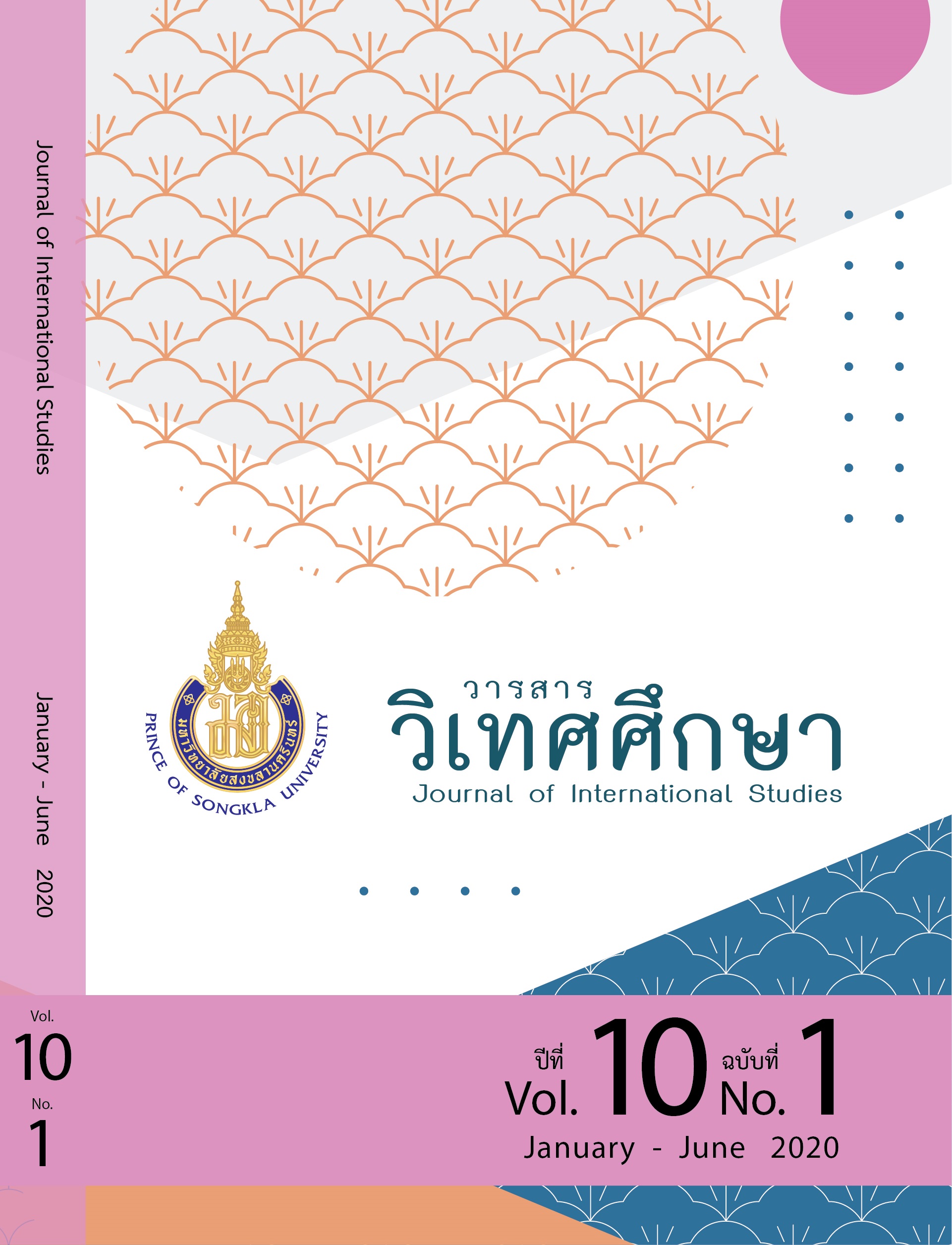Shopping Center: Development of Communication Design Corresponding to Consumer Lifestyle by Generation
Main Article Content
Abstract
The purposes of this research aim to 1) examine the conditions and trends of communication design of shopping centers corresponding to customer lifestyles by generation and 2) to explore factors and their causal influences on the communication design development for shopping centers to meet the customers’ lifestyles by generation. The research is conducted by quantitative research by survey questionnaires with 349 samples of four generations
From the study, it is found that from the quantitative research, the total 349 samples are stratified into four generations: 75 samples from Gen-B, 94 from Gen-X, 93 from Gen-Y, and 87. Most of the respondents are female (23.20%), graduated with a bachelor’s degree (63.04%), are office workers (45.85%), at the operational level (20.34%), have 15-year work experience (39.54%), gain more than 50,000 baht monthly (24.64%), and stay with 2-4 family members (59.89%).
Regarding the factors influencing the communication design for shopping centers to meet lifestyle of consumers in different generations, it is found as follows:
Consumers’ internet use behavior. Most consumers use social media or surf the internet, i.e. Facebook, Instagram, and Line the most at the fairly often frequency ( = 4.99).
Consumers’ opinions on the communication design of shopping centers: the attractive communication design agreed the most by consumers is “message in each advertising sign” that is interesting to raise familiarity and credibility ( = 3.86).
Consumers’ activities or routines. Most consumers always follow fashion trends and sometimes post them on Facebook, Instagram, Line, and Twitter. (40.97%). They usually go to shopping centers after work (84.24 %), on weekends (70.77%), and with 2-5 companions (87.68%), once a week (41.83%) the most.
Consumers’ interest. Most consumers prefer a shopping center that offers a wide range of goods ( = 4.11), ease of travel ( = 4.06), and convenience ( = 4.05) respectively.
Consumers’ opinions on public relations media of shopping centers. Most consumers agree that public relations of the shopping centers are inadequate ( = 3.13).
Consumers’ opinions on sales and activity management of shopping centers. Most consumers prefer shopping at shopping centers with cleanliness and convenience for buying goods ( = 4.00), attractive atmosphere ( = 3.97) and modern decoration ( = 3.96).
Besides, from the path analysis, it is found that demographic variable, customers’ shopping behaviors, consumers’ digital-media use behaviors, and consumers’ opinion on public relations and sales and activities management of shopping centers, have direct effect on consumers’ opinion on the communication design of shopping centers at a significant level of 0.05 and the effect size is 0.54, 0.12, and 0.18, respectively. However, demographic variable is found to have no effect on consumers’ opinion on the communication design of shopping centers. Besides, all of the 4 variables are found to be able to predict the media design at 55%. The measurement model is found to be congruent with the empirical data.
Article Details
Statements and opinions expressed in articles herein are those of the authors and do not necessarily reflect the position of the editors or publisher.
Article, information, text, image, etc. which are published in Journal of International Studies, belong to Journal of International Studies. If anybody or any organization would like to use part or whole of them, they must receive written permission from Journal of International Studies before usage.
References
Chancharassuk, K. (2012). Factors Influencing Purchasing and Service Using Behaviors of Tesco Lotus among Consumers in Bangkok. A Master of Arts Thesis, Srinakharinwirot University.
Economic Thairath Team. (2016, May 2). Code “Thailand 4.0” Creates a New Economy Transcend the Middle Income Trap. Retrieved January 21, 2019, from https://www.thairath.co.th/content/613903
Hathaiwiwatkun, D. (2010). Customer Behaviour of Buying Finished Foods in Surat Thani Province. A Master of Arts Thesis, Surat Thani Rajabhat University.
Hemmin, A. (2013). Social Media Consumption Behaviors and Opinion towards Results of Experiencing Social Media in Bangkok Metropolitan. A Master of Arts Thesis, National Institute Development Administration.
Onkvisit, S. & Shaw, J. J. (1994). International Marketing: Analysis and Strategy. (3rd ed.). New Jersey: Prentice-Hall.
Phothiphit, S. (2013). Media Exposure Behavior, Expectations, and Satisfaction with Competitive Advantages toward a Decision-Making Behavior of Using Services of Clients of the Wedding Consultancy and Planning Facebook Fan Page in Bangkok. A Master of Arts Thesis, Bangkok University.
Pooripakdee, S. (2011). The Competitive Marketing Strategies for Retailing Business. Executive Journal, 31(3), 193-198.
Serirat, S. (2007). Consumer Behavior. Bangkok: Theera Film and Scitex.
Vanichbuncha, K. (2006). Statistical for Research. (2nd ed.). Bangkok: Chulalongkorn University Press.


